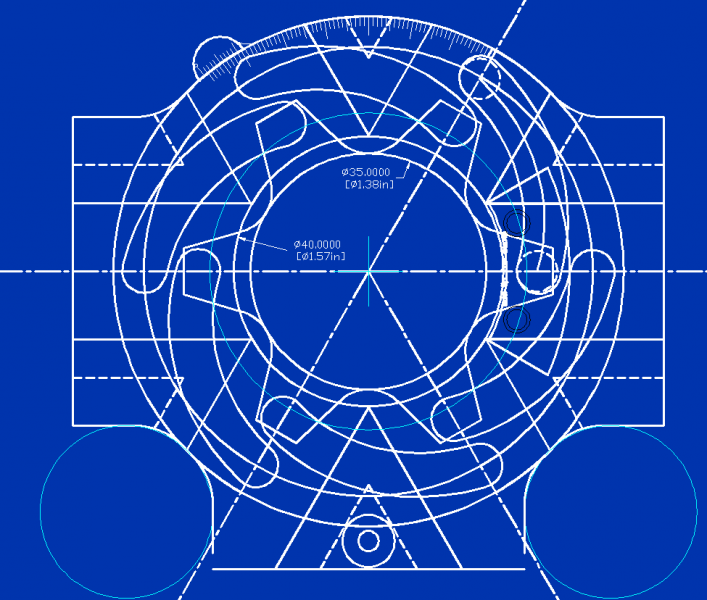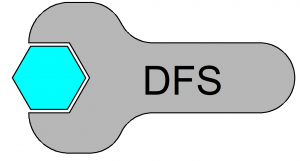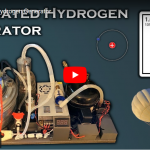The engineering design process is a series of steps that engineers use to create solutions to problems. It is a structured approach to problem-solving that involves identifying a problem, defining the problem, generating potential solutions, evaluating those solutions, selecting the best solution, and implementing and testing that solution. The engineering design process is iterative, meaning that engineers often repeat some or all of the steps several times to refine their solution. It is a critical component of the field of engineering, as it allows engineers to solve complex problems and create new products and technologies. Effective use of the engineering design process requires a strong understanding of engineering principles, scientific methods, and mathematical analysis.

The engineering design process involves making a series of decisions. Each decision must be carefully considered and justified based on various factors such as function, safety, cost, and feasibility. Throughout the process, engineers must weigh the benefits and drawbacks of different options and choose the best course of action based on their knowledge, experience, and the available resources. Justifying decisions is an essential part of the design process as it helps to ensure that the final product meets the required specifications and functions as intended. By justifying each decision, engineers can also communicate their thought process to others involved in the project, such as clients, stakeholders, or team members, and gain their trust and support.
The engineering design process is nearly always iterative in nature. Retracing steps and going back to a previous decision is a common occurrence in the engineering design process. As new information is gathered or unforeseen challenges arise, engineers may realize that an earlier decision was not the best one. In such cases, it is important to reevaluate the decision, consider alternative options, and make a new decision based on the updated information. This process of reiteration and adjustment is a fundamental part of the design process, as it allows engineers to continually improve and refine their designs until they meet the desired specifications. Accepting that retracing steps is sometimes necessary can be challenging, but it is essential to maintain a flexible mindset and be willing to adapt as new information comes to light. By doing so, engineers can ensure that they are producing the best possible outcome for their project.
While there is no one-size-fits-all approach to the engineering design process, a typical process often includes the following steps:
- Define the problem: The first step in the design process is to clearly define the problem you are trying to solve. This involves understanding the needs and requirements of the user or customer, identifying any constraints or limitations, and setting specific goals and objectives.
- Conduct research: Once the problem has been defined, engineers typically conduct research to gain a deeper understanding of the problem and potential solutions. This may involve reviewing existing products or technologies, conducting experiments, or gathering data through surveys or other methods.
- Develop potential solutions: Using the information gathered during the research phase, engineers develop a range of potential solutions to the problem. This may involve brainstorming, sketching, or creating computer models of different designs.
- Evaluate potential solutions: Engineers then evaluate each potential solution based on a set of criteria, such as cost, performance, safety, and ease of use. This may involve creating prototypes, conducting simulations, or performing experiments to test each design.
- Select the best solution: After evaluating each potential solution, engineers select the best design to move forward with. This may involve combining different elements of different designs or modifying a design to better meet the requirements of the problem.
- Implement and test the solution: Once a design has been selected, engineers implement and test the solution. This may involve building a prototype, performing additional simulations or experiments, or conducting user testing to ensure that the solution meets the needs of the user or customer.
- Iterate and improve: The engineering design process is iterative, meaning that engineers often repeat some or all of these steps several times to refine their solution. This may involve making changes to the design based on user feedback or additional testing, or identifying new problems that need to be addressed.







